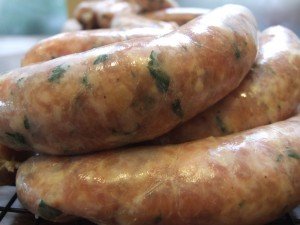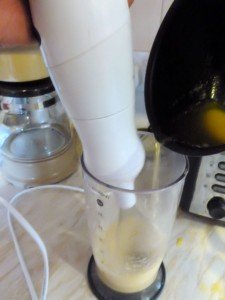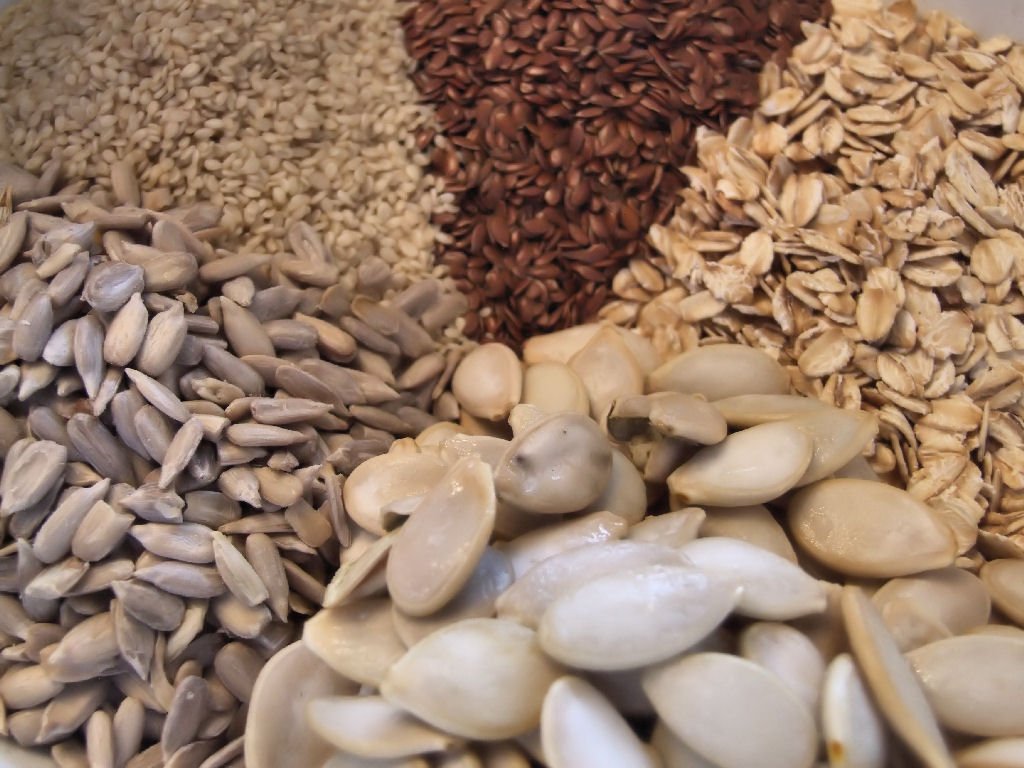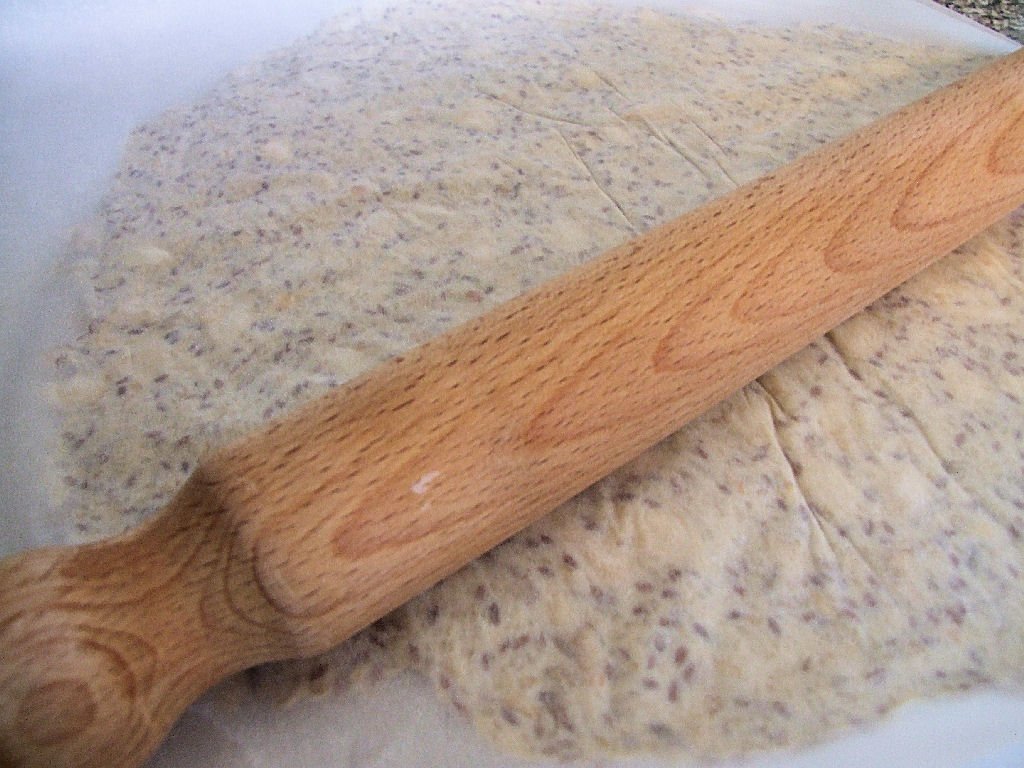When I first told my mom that I had received a sausage making attachment for the Kitchen Aid, her first response was that I would have to make Uncle Nicky’s Pork and Provolone Sausages. My response was “Do you have the recipe?” There was no recipe, just the memories of my mother and her cousins that the kitchen smelled of melting Provolone, fresh Parsley was used and no one had any idea as to the fat to lean ratio of the ground Pork that was used.
It was based upon those memories that I embarked upon replicating a sausage for which there was no actual recipe, had not been made in 30+ years and for which I have never tasted. My first attempt in making this recipe was good, but something was missing. The kitchen smelled of Provolone, the Parsley was visually appealing, but most of the Provolone Cheese melted out of the casing and pooled onto the aluminum foil of the baking pan. What did I not replicate? After a couple of conversations with my mom and then talking with Stuart all I could determine was that the Provolone of today is different then the Provolone that was made 30 years ago. Simply said, today’s Provolone (unless specifically made old school style) has a higher ratio of water to fat and milk solid content then in the past. I have nothing to prove this theory except anecdotal observations.
My second attempt at replicating this recipe was to replace the use of Provolone with harder, drier Italian Cheeses under the premise that the water content was less and the cheese requiring higher temperatures before melting.
Ingredients:
- 4 Pounds of Ground Pork (3 Pound of Pork Loin and 1 Pound of Pork Fat Trim)
- 1 Pound of Hard Italian Cheese (Parmesan or Romano) Diced Small
- 1 Cup of Italian Parsley Coarsely Chopped
- 1 Tablespoon of Fresh Ground Black Pepper
- 1 Tablespoon of Minced Garlic
Thoroughly mix the ingredients and if possible chill the mixture before stuffing into the casings.
One of the additional lessons learned when using the harder Italian Cheeses was that the cheese needed to be diced smaller then when using the Provolone. Initially the mixture clogged at the exit of the Kitchen Aid auger, where the mouth of the sausage stuffing cone attaches. Dicing the cheese smaller minimized the clogging, but it was still a minor problem. We worked around the issue by removing the plastic lock that holds the auger in place and experienced no problems (not recommended). The next time I make a batch of this recipe, I will coarsely grate the cheese in lieu of dicing just as an experiment.
The second attempt of making this family recipe was a success. The cheese melted, but did not completely escape the casing. For me, it is a sausage to be enjoyed by itself, with a salad and / or with a good piece of crusty bread. The cheese provides the right amount of salt and there is a subtlety to the flavors with no mistaking that this sausage has been stuffed with hard Italian Cheese.

















